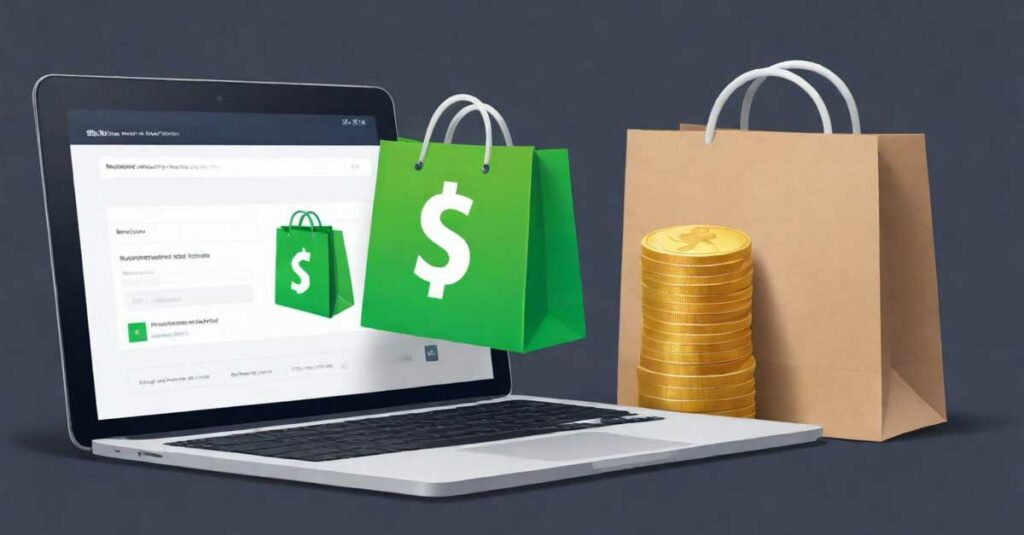Imagine a prospect lands on a B2B website, goes to the product page, and immediately finds what she’s looking for. She loads up the cart with the 200-unit bulk order and heads to check out and confirms her purchase. The payment is done and the transaction is closed.
Sounds too easy for it to be a part of the B2B buying narrative, right? While the online B2B buyers of today want the consumer-like experience in their buying journey, the inherent complexities of the B2B business make the buying journey bumpy when compared to the B2C counterparts.
That said, today, almost 67% of the buyer’s journey happens digitally and more than half of B2B buyers today are millennials who are used to elevated online interactions. Considering these factors, it becomes essential to understand the complexities of the B2B buyer’s journey first to create the right online interactions that make this process seamless and more B2C-like.
Product complexity
Product complexity is inherent in the B2B space. The plethora of product specifications and differing product variations means that product information has to be presented in an organized and uniform format. The product information has to be always updated, accurate, and current. How product information is displayed becomes even more important if the product line itself is large and complex. Thus, creating a content-centric product experience becomes an essential hurdle to navigate skillfully.
B2B companies thus need to make sure that the online site provides product information such that buyers can easily understand what the product does, highlights its features and functionalities clearly, and provides product specifications, proper product descriptions, product images, inventory levels, product variants, pricing, etc.
A long and complex order approval process
The B2B decision-making process is hardly simple and straightforward. Research shows that the number of people engaged in the B2B buying process has increased from 5.4 in 2015 to 6.8 in 2017! These stakeholders come from different roles and functions and are often also located in different geographies. Since the order values and stakes could be significantly higher in B2B purchases, these buyers have to move cautiously along the purchase process, avoid all risk and save money as well.
Given these forces at work, the B2B eCommerce platform in use has to be digitally optimized with the right workflows and processes. Enabling multi-user accounts, integrations that link back to the customer’s procurement systems to make order approval simpler, digital approval workflows, etc. are some of the areas that alleviate the burden of B2B complexities.
The Key Factors In Achieving Sustainable B2B eCommerce Success
A non-linear buying journey
B2B purchasing does not play out in a predictable, linear manner. B2B customers often engage in looping across a B2B purchase and have to often revisit certain ‘jobs’ to successfully finalize a process. These ‘jobs’ include:
- Problem identification – X is the problem we need to solve
- Solution exploration – What can solve our problem
- Requirement building – What all should the purchase fulfill
- Supplier selection – Does this fulfill our need
- Validation – We have identified the answer and now need to be sure of it
- Gathering consensus – Getting everyone on board
Completing these ‘jobs’ is essential to get the B2B buying process rolling and while these jobs do not happen sequentially, they often take place more or less simultaneously. With so much looping and bouncing from one job to another, navigating the purchasing process becomes challenging. However, by providing the right, comprehensive and correct information to the buyer, at the right time, organizations can drive high-quality sales with ease by inexorably moving the buying journey forward at all times.
The 5 B2C eCommerce Strategies B2B Companies can (and must) Adopt
Pricing and Payment conundrum
Another complexity to navigate in the B2B buyers’ journey is the pricing and payment conundrum. B2B buyers want the best price for their purchases and want personalized pricing even when they move online. Providing discounted pricing for higher quantities and values, facilitating recurring delivery of supplies, rendering special schemes and offers go a long way in securing sales in the competitive B2B landscape. Enabling the same for online interactions becomes essential to make sure the B2B buyer does not feel alienated.
Along with personalized pricing, it is also imperative to provide payment alternatives and multiple-currency formats, employ correct taxation, and design secure payment gateways. It also becomes essential to seamlessly connect the payment gateways and accounting systems to the eCommerce platform to manage and track payments and expenses as well as provide multiple invoicing, electronic invoicing, and payments, and enable different payment options as well to optimize the B2B buying journey. Similarly, integrating the front-end systems with ERP systems is essential to provide a consistently elevated customer experience.
The Unique Challenges Of Distributors Adopting Ecommerce Strategies
Mobile all the way
70% of B2B buyers use mobile to search and make online purchases. As such, providing a mobile-first experience is no longer optional. A mobile-first experience has to ensure that the buyer can easily navigate the product portfolio and get all the information they need from their handheld devices easily.
Designing mobile-first product content, creating a native experience design, ensuring effective geo-tagging and digital merchandising, and curating engaging mobile experiences go a long way to drive sales, customer engagement, and loyalty.
Given the complexities of B2B buying, creating compelling, efficient, and trustworthy experiences is crucial to influence sales and purchasing decisions. While online B2B sales have been on the rise, since the pandemic, this world has moved even closer to digital buying becoming the norm. As we go deeper into a digitally-driven world, even the most traditional industries such as manufacturing are having to improve their digital offerings and make sure that these online interactions do not fall short of the offline ones their consumers are used to.








